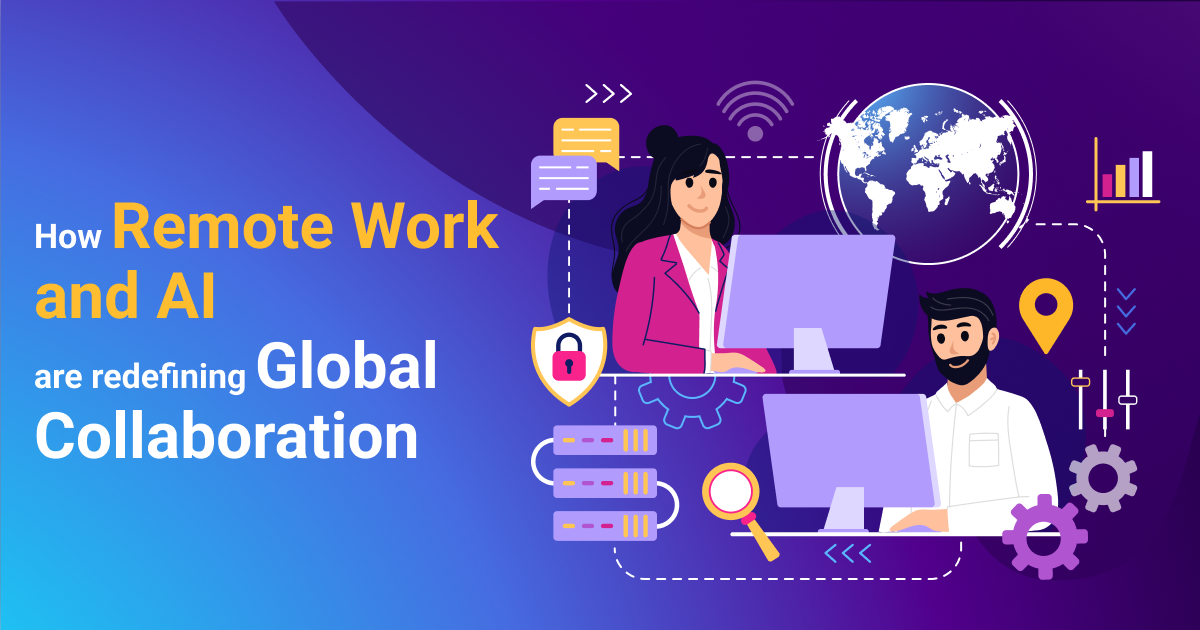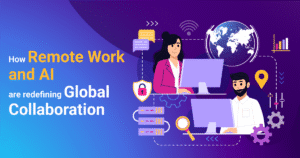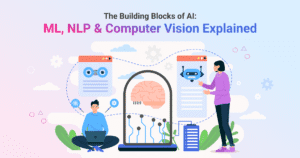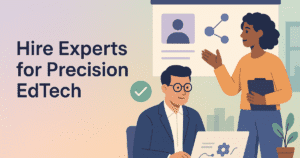How Remote Work and AI Are Changing Global Collaboration


Many business leaders believe the biggest challenge in AI is a talent shortage. The reality is a crisis of verification. You’re flooded with applicants, but identifying truly elite talent feels impossible, forcing your best engineers into endless screening cycles instead of building your product. This costly friction leads to missed deadlines, bloated budgets, and a tangible loss of competitive advantage. But there is a systematic way to build a world-class AI team; in fact, the cost of a single bad hire can exceed $30,000, making a reliable process essential. This article provides a new framework to close the verification gap, transforming how you approach AI remote work and global collaboration.
The modern AI workplace is saturated with sophisticated tools designed to enhance virtual teamwork. We have instant messaging, video conferencing, and countless AI productivity tools. Yet, many teams find that true, effective global collaboration on complex AI projects remains elusive.
This is the collaboration paradox: more technology hasn’t solved the core human challenge of trust and skill verification. When you hire talent from a global pool, traditional signals like university prestige or previous employers become less reliable. The real problem isn’t a lack of tools; it’s the absence of a trustworthy system to validate expertise before a hire is made.
Without this system, teams face significant hurdles:
To overcome the collaboration paradox, you need to shift focus from interviewing to verification. The Vetted Talent Protocol is a multi-stage framework that systematically de-risks the hiring process by evaluating skills in a real-world context. With 67% of companies now using AI tools to improve productivity in remote settings, it is logical to apply this same data-driven rigor to the hiring process itself.
This approach moves beyond resumes and conversations to build a complete picture of a candidate’s abilities.
Instead of relying solely on live coding challenges, this stage uses asynchronous assessments that mirror real work. Candidates are given a problem and a deadline, allowing them to use their preferred tools in their own environment. This tests not just coding ability but also problem-solving and time management.
This goes beyond a simple portfolio review. Experts analyze a candidate’s past work, examining code quality, architectural decisions, and the documented business impact of their projects. This provides objective evidence of their ability to deliver tangible results.
The final stage involves a short, paid project that simulates a real work sprint. This is the ultimate test of both technical and collaborative skills, assessing how a candidate communicates, receives feedback, and integrates with a team. Platforms like Expertshub.ai build their entire talent-matching service on this kind of robust, multi-stage protocol to ensure clients only connect with proven experts.
Adopting a verification-first model for AI remote work does more than just solve a hiring problem-it creates a durable strategic advantage. When you can hire elite global talent with confidence, you unlock a new level of organizational agility. This structured approach is critical, as companies with strong alignment and collaboration are 85% more likely to be top performers in their industry.
By focusing on a reliable system for global collaboration, you build a more resilient and innovative organization.
Ultimately, the future of the AI workplace isn’t just about having remote teams; it’s about having a proven system to ensure that your global collaboration is a source of strength, not friction. By implementing a rigorous verification process, you can build a world-class team that drives real business impact.
Q1: How does AI remote work differ from standard remote work?
A: AI remote work involves highly specialized projects where success depends on deep technical expertise and seamless collaboration on complex data models and algorithms. Unlike standard remote work, the cost of a skill mismatch is significantly higher, making rigorous, upfront verification essential.
Q2: What are the first steps to improving our global collaboration process?
A: Start by auditing your current hiring and onboarding process. Identify where you rely on subjective measures (like interviews) and replace them with objective verification steps, such as asynchronous code challenges or small, paid test projects.
Q3: How do you ensure quality from a global talent pool?
A: Quality is ensured through a standardized, multi-stage vetting protocol that tests for technical skills, communication, and real-world problem-solving abilities. Rely on proven performance over resumes and interviews alone.
Browse our pre-vetted AI expert profiles and see the difference a verified talent pool makes.


